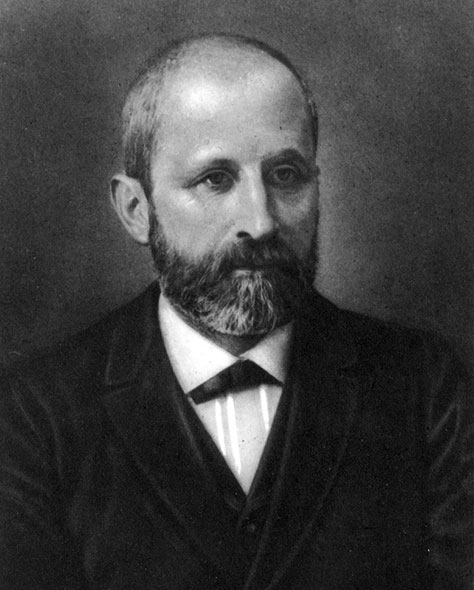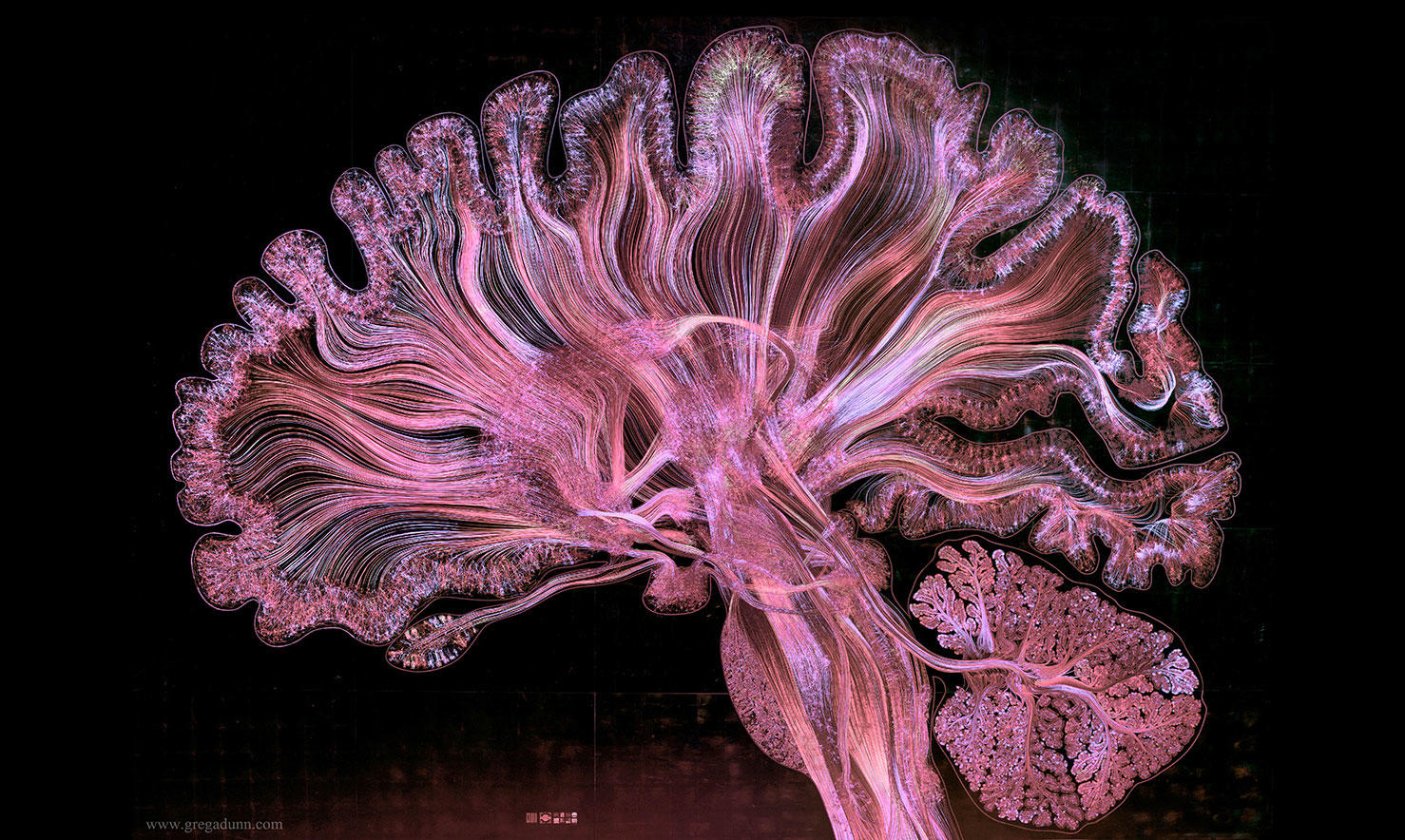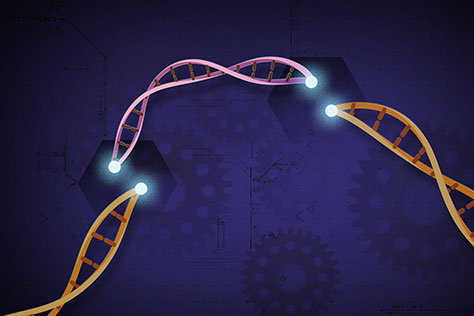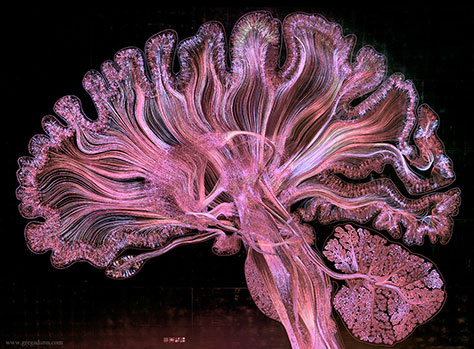In our column on smartware, we have been exploring the impact of emerging technologies and science on product design and user experience. While, in this particular installment, we’ll focus specifically on the scientific aspects, smartware leverages an amalgam of technology advances that are coming of age at approximately the same time—together creating a powerful ecosystem. Prominent among these technologies are artificial intelligence (AI), the Internet of Things (IoT), mixed-reality environments, and additive fabrication—which is more commonly known as 3D printing. While the near-term future that these smartware technologies will usher in won’t necessarily realize the popular-culture promise of sentient robots or AI super-intelligence, it will be very different from today’s world, in ways both magical and mysterious. Humans’ ability to understand ourselves through scientific advances—what we call understanding us—translates directly into these capabilities.
Now, let’s look at two important fields that are generating precise data that supports our advanced understanding of human capabilities: genomics and neuroscience.
The Genomics Revolution
While the physician and biologist Friedrich Miescher, shown in Figure 1, first isolated DNA in 1869, we didn’t understand its basic helix structure until James D. Watson and Francis H. C. Crick articulated it in 1953, building on the prior work of Rosalind Franklin and others. It wasn’t until the 1970s that Fred Sanger sequenced the genome of a virus. Then, by 2007, the Human Genome Project had completed the sequencing of the entire human genome. So, while scientists generally recognize Watson and Crick’s work in the 1950s as the beginning of the field of genomics, for only barely more than a decade has it been possible to map the entirety of the human genome. Since then, the field has progressed at a blinding pace.

Image source: Wikimedia Commons
In addition to figuring out how to map the human genome—and how to do so more quickly and affordably in the future—scientists are learning about the underlying structure and relationships of the genes they are mapping. This manifests in many important ways.
For example, it is now possible to predict people’s likelihood of suffering from a particular condition simply by reading their DNA. Scientists are even developing treatments based on an individual’s own unique genome. Services such as Strata Oncology conduct advanced genetic tests for patients, then match them with clinical trials for drugs that are designed, not just for a patient’s condition, but specifically to target the DNA of the tumor tissue. They are curing disease at the deepest possible level, attacking the disease by understanding its underlying genomics and the genomics of particular patients.
The goal of curing cancer has been an important focus of scientific research—with a history spanning 250 years, from the discoveries of Percivall Pott who, in 1775, demonstrated that environmental factors may cause cancer; to the groundbreaking work, in the 1950s and 1960s, of the father of modern chemotherapy, pediatric pathologist Sidney Farber; to the National Institutes of Health’s (NIH) Cancer Moonshot that former US President Barack Obama and Vice President Joe Biden championed. It is in the genomic specificity of different types of cancer and the way they intersect with our unique DNA that cures will finally manifest. This approach is revolutionary.




